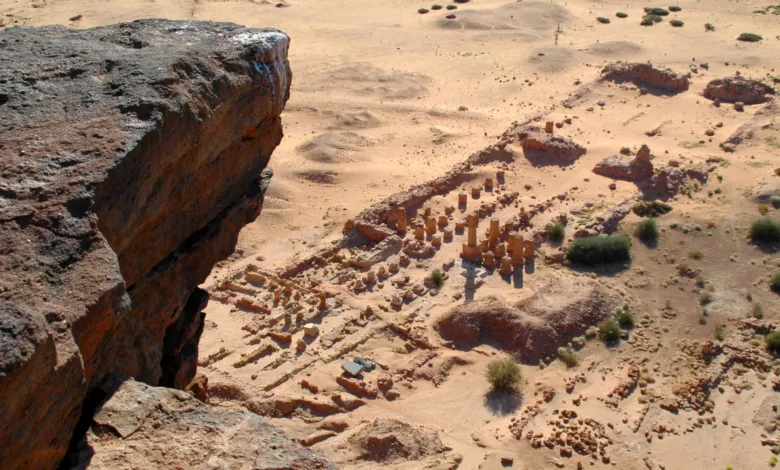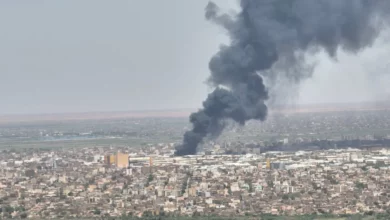
Located on a bend in the Nile in northern Sudan’s Nubia region, Jebel Barkal (Pure Mountain) was believed by ancient Egyptians to be the place the god Amun dwelled.
There is an abundance of rich, religious to explore in this charming region.
Jebel Barkal and the sites of the Nubian region occupy more than 60 kilometers in the Nile Valley. The area features monuments of the Nubian and Meroitic culture that prevailed under the Second Kingdom of Kush, according to the official website of UNESCO.
Since prehistoric times, Jebel Barkal has been closely linked to religious traditions and folklore, as has been considered sacred since the era of the New Kingdom.
It contains about 13 temples, the largest and most famous of which is the Temple of Amun. The mountain was added to UNESCO’s list of World Heritage sites along with other areas in Nubia in 2003.

The mountain gets its name from a hieroglyph inscribed in it that translates to “Pure Mountain,” according to Mohamed Osama, an archaeological researcher and destination advisor at Dunes & Beyond. Osama added that “the mountain gives that feeling that it was sacred to the ancient Egyptians, and it is still sacred to this day.”
Osama stated that some Sudanese still visit the mountain and believe in its blessings.
Although the mountain has been an important religious center in Sudan, its historical importance is also embodied in its being an essential site in the capital of the Kush state, which has a common history with Egypt, that is, the city of Napata.
The area surrounding the mountain also housed royal palaces belonging to the Kush kingdom, and Napata was the royal burial place for all the Kushite princes during their reign, whether in Sudan or Egypt.
Osama stressed that while tourism in the region may be sparse, is still pristine. Visitors can enjoy the site without the massive swells of tourists.
Osama added, “In many cases, you may find yourself talking face to face with some of the archaeologists in the archaeological missions that are excavating antiquities in the region.”

The mountain can be explored on several trips, one of which is dedicated to visiting the temples located in the eastern part of the mountain.
In its western part, you will find some pyramids that were once used as royal burial sites for the Kushite dynasty.
Visitors should also not miss the opportunity to watch the sunrise and sunset from the mountain’s summit.
Climbing the mountain may take 20 minutes, but it is worth it, as one can see from the top a vast expanse of temples and the picturesque nature.
In general, Osama believes that tourism in Sudan may witness “very big booms”, as it attracts those interested in archaeology and the discovery of civilizations, pointing out that the Jebel Barkal region will generally be a wonderful destination for these people.
__
Photo credit: Dunes & Beyond




